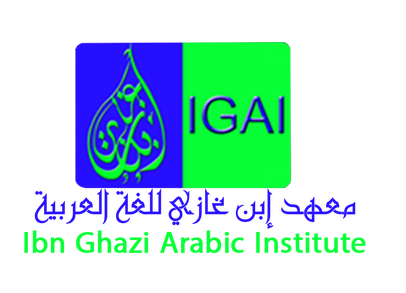This article examined the foreign policy roles of the the American president in the Middle Eastern context in order tofind out how they establish and shape foreign policies in the region and what are the pivotal and continual interests of the USin the areain addition to the degree of change of US foreign policies in moments of crisis. This was done through analyzing presidents’ speeches, statements, policies, and actions from Truman to Trump. This article reveals that the American president is the main architect of foreign policies which are established and shaped through exercising six roles: Responding to foreign events, proposing legislations, negotiating international agreements, making policy statements, implementing policies and taking independent actions.
There are many conclusions to be drawn from this article. The first of these conclusions relate to America’s constant interests in the region. Theearly interest revolved around preventing the Soviets’ expansion in the region. However, Israel’s security comes on top of these interests which are manifested through the foreign policy roles of American presidents. First, the US was the first country to respond to the establishment of the state of Israel as it wasthe first country ever to recognize it at Truman’s direction.Second, the Americanpresidents have also shown their support to Israel through proposing legislations such as Nixon’s proposal to Congress to authorize $2.2 million emergency aid to Israel after the October War of 1973 with some Arab states which decided to raise the price of oil by 70% to force Israel to withdraw from the territories it occupied in 1967. Third, protecting Israel was also done through mediating international agreements such as Carter’s Camp David Accord and Clinton’s Oslo Accords. Last but not least, almost all American presidents have expressed their concern about Israel’s security and their commitment to protecting itin their policy statements.
The analysis of American presidents’ foreign policy roles in the MENA area revealsthe fact that the region’s oil is another pivotal interest for the US. To protect this interest, American presidents have done everything from ordering a CIA coup to overthrowan Iranian government which threatened to nationalize its oil resources, intervening to cool off regional conflicts, proposing legislations to protect oil-producing countries using military means, and authorizing arms sales to some of the oil-producing countries. In moments of oil crisis, the American presidents have responded in various ways which include increasing domestic production or asking oil-producing countries to increase production to compensate for the rise of the pricein addition to asking Americans to change their consumption habits.
In addition to protecting Israel and the region’s oil, which have been considered constant and historic US interests in the MENA area, this article’s analyses reveals another US interest which remains relatively nascent. Indeed, I am talking about preventing fundamentalist or terrorist groups from taking over power in the regionthrough launching the war on terrorwhich started after 9/11with George W. Bush war in Iraq and Afghanistanagainst Al Qaeda; this waswas carried on by Obama against ISIS and will be pursued by Trump as he expressed many times before and after becoming the president.
This goal or interest seems to join the first two in becoming a constant and historic one as it has been running for about 15 years now and it is very likely to continue during Trump’s presidency. The questions that necessitate further research are the following: Is there a relationship between the war on terror andother US interests in the region? Namely, protecting Israel and oil. Could these latter be the real driving forces behind the war on terror? In addition to the pivotal interests of the US in the MENA region, analyzing the foreign policy roles of American presidents revealssome other conclusions. The first of these conclusions is the extent to which foreign policy in the region changes in moment of crises. In other words, American presidents deal with and react to events that have challenged or threatened US interests in the region. We notice that these changes include launching military actions,establishing stricter defensive and security measures,authorizing arms sales, applyingeconomic sanctions, increasing or decreasing foreign aid, leading diplomatic negotiations and mediatory interventions, making supportive or opposing political statements or taking positions on the event that triggers the change.
Other related conclusions which can be deduced from the summary tables above is that republicans tend to be more responsive to international events in the MENA area than democrats; republicans are also more likely to use force to deal with critical issues in the region than democrats who are more inclined towards diplomatic means and negotiating agreements; additionally, republicans tend to be more productive than democrats in proposing legislations pertaining to US foreign policy in he region. Furthermore, republicans exhibit more inclination to implement legislative policies in the region than democratsthrough authorizing more arms deals. Last but not least, republican presidents have used more independent actions than democrats pertaining to Middle Eastern issues.


Leave A Comment